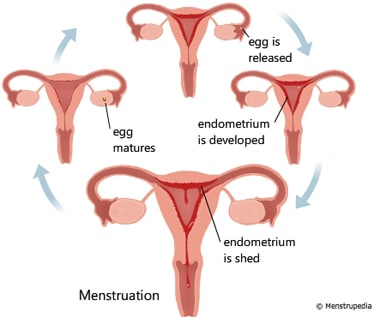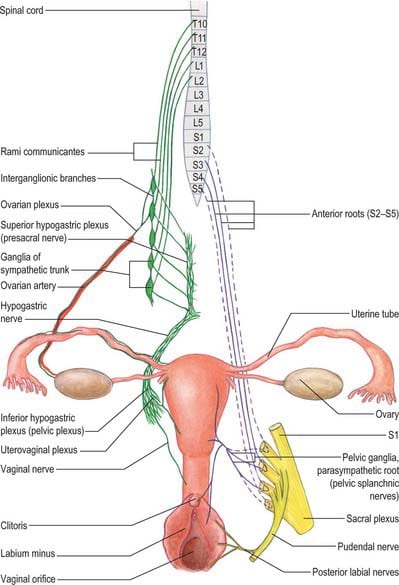How can osteopathy relieve period pain ?
Pain is considered to be a normal symptom during periods. However excessive period pain is called dysmenorrhoea and is considered to be abnormal.
Painful menstrual periods : what is Dysmenorrhoea?
Primary dysmenorrhoea refers to painful periods in the absence of any underlying pathology while secondary dysmenorrhoea is painful menstruation associated with a pelvic pathology, such as endometriosis. Dysmenorrhoea is a very common problem and can occur in up to 50% of women. Several studies suggest that severe period pain is associated with absence from school or work. It also restricts other activities of daily life.
Dysmenorrhoea can be described as severe period pelvic pain that interferes with normal daily activities.
The cause of pain during the menstrual cycle is thought to be due to pelvic congestion. It is caused by constriction of blood supply to tissue of the endometrium when muscles of the uterus contract. Women with primary dysmenorrhoea often have increased frequencies and contractility of uterine muscles.
Learn more about Dysmenorrhoea on Wikipedia.

Can osteopathy help manage period pain?
Inflammation of internal organs can cause musculoskeletal symptoms. Therefore helping correct any biomechanical imbalances within the pelvic area can help reduce pain.
Osteopathic techniques may help improve blood flow to the uterus and endometrium by ensuring the diaphragm muscle is functioning optimally. The diaphragm plays a key role in proper arterial and venous flow throughout the body. It is also responsible for the mobility of pelvic organs associated with inhalation and exhalation.
Osteopathic treatment focuses on improving joint mobility and lymphatic/venous drainage and decreasing muscle tightness away from the pelvis, helping to relieve pelvic congestion. Poor drainage away from the pelvis can be associated with increased inflammation and pain in an area. By ensuring good mechanics of the sacroiliac joints, hips, sacrum, lumbar spine, thoracic spine, ribs and pelvic floor, we can help encourage drainage and decrease inflammation.
An Osteopath can also help ensure balance of the nervous system to pelvic organs. Nerve supply to the uterus is derived from the lower thoracic and upper lumbar (T12 +L2) and sacral regions (S2-4) which control uterine muscle and blood vessel constriction and dilation. So, ensuring good movement above and below the pelvis is important for optimal neural supply to the endometrium and can help settle the pain.
Finally, you don’t have to be on your period for the Osteopath to be able to work out what might be going on. Don’t be worried to speak about this issue, there is no need to suffer period pains “just because”. Book yourself in to get some treatment that will help to minimise your discomfort.





